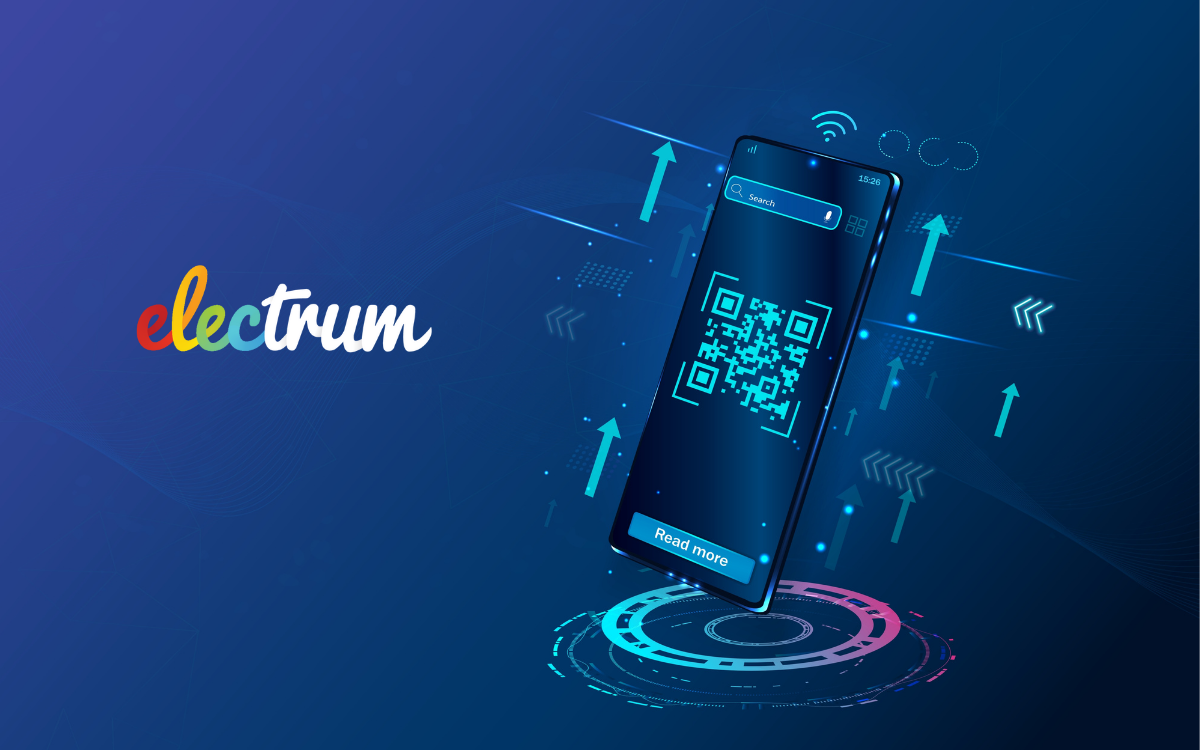
Quick Response (QR) codes have been around since 1994 and have been used for a variety of purposes, ranging from payment initiation to marketing campaigns, and more recently to help trace Coronavirus exposure and vaccination status. Now positioned as the top option as your personal payment proxy, how can we leverage this existing technology for immediate payments?
A decade or more ago, experts warned retailers and fintechs to steer clear of QR code payments. They believed it wasn’t a product they felt would take off due to it being as clunky, if not more, than a card payment – meaning there was very little value for the end-user. Fast forward to today and consumers around the world are using QR codes to pay merchants everyday.
It is reported that in China, 85% of UnionPay’s users pay using QR codes. Singapore makes use of an app that combines QR codes and creates a single multipurpose code that the user scans to complete their transaction with the payment app of their choice. Users in India are able to scan QR codes from their mobile banking apps to access their debit card accounts and immediately transfer payments into the merchant’s account. UK consumers use QR code systems where the payer scans the code through a third-party that connects them to their bank account.
So, how can South African banks and merchants take advantage of this kind of adoption when it comes to real-time payments?
With the launch of the Rapid Payments Programme (RPP) in the form of PayShap, it is important that banks start to look into how they can make the most of existing systems in order to roll out the RPP to their customers quickly and efficiently. As discussed previously, the use of static and dynamic QR codes is already a well-understood concept. Shoppers think of these types of payments as being easier, safer, and more accessible.
Enabling real-time transactions through QR codes is a great way for banks to help solve consumer’s fast-moving needs, as well as to solve merchants’ needs. Consumers will begin to expect to pay in real time and merchants will need their partner banks to provide the platform to do so.
One of the largest banks in South Africa, Capitec, already uses QR codes extensively – across their full merchant network - from informal to large retailers. Applying the same process with PayShap means that the smaller merchant will be able to immediately see the payment reflected in their account. In a South African context, this type of immediate payment will be crucial as it means the merchant has access to the payment value much faster.
The overlapping, primary goal of both the RPP and QR code payments is to make transacting easier for all. This simple solution, as Lu Zurawski explored, is a way to re-use well-understood digital infrastructures like QR codes that are already a part of consumers daily lives, further reducing the need for complex, expensive acceptance infrastructures.
With an existing form of open payments in QR code transactions, there is no need to reinvent the technology that is already successfully serving millions of end-users. Leverage this technology cleverly and bring the ground-breaking RPP solutions to all of South Africa as soon as possible.
Chat to us today for more details about the RPP, or for further information on our QR Code Payments platform.
.jpg)
Sarah Hohne
Sarah Hohne is a Product Marketer at Electrum. She graduated from AAA School of Marketing with a BA in Marketing Communications, and has experience working in the B2B tech industry. She is embracing the world of Payments at Electrum, with her dog Axel by her side.
Electrum Newsletter
Quarterly insights and news to help you keep up with the latest changes in the payments landscape







